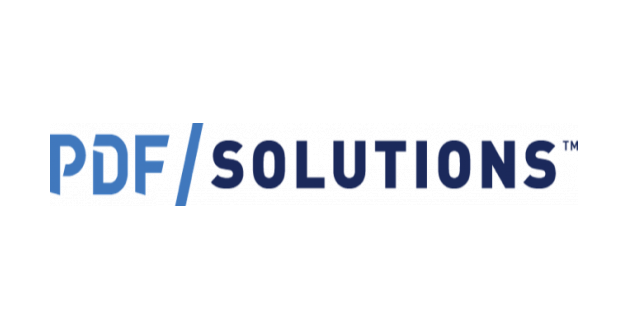
Simplification questions are fundamental to various competitive exams, and mastering this skill is essential for success. In the era of digital learning, PDF solutions have become valuable tools in enhancing one’s ability to tackle simplification problems. This guide aims to provide insights and strategies to efficiently approach and excel in simplification questions, utilising the benefits of simplification PDF solutions.
Leveraging PDF Solutions for Realistic Practice:
PDF solutions offer a dynamic platform for realistic practice. These solutions present simplification problems in a format closely resembling what candidates will encounter in the exams. Simulating the test environment through PDF solutions helps aspirants get accustomed to the digital interface, fostering familiarity that can reduce exam-day stress. PDF solutions often incorporate various question types and difficulty levels, offering a comprehensive practice experience.
Mastering the Fundamentals:
At the core of simplification, questions are fundamental mathematical operations. Strengthening basic arithmetic skills is paramount. PDF solutions offer a plethora of exercises to reinforce these fundamentals. Regular practice of addition, subtraction, multiplication tables, and division techniques enhances speed and builds confidence in handling numerical complexities.
Developing Mental Math Techniques:
Efficient mental math techniques are invaluable when tackling simplification questions within tight time constraints. PDF solutions allow candidates to refine cognitive math skills by providing step-by-step solutions to problems. Aspirants can analyse these solutions to identify shortcuts and alternative approaches, enabling them to calculate quickly without relying heavily on written methods.
Identifying Patterns and Rules:
Simplification questions often follow specific patterns and rules. PDF solutions break down these patterns, elucidating the underlying rules governing different types of problems. Understanding these rules aids in recognising shortcuts and streamlining the simplification process. Regular exposure to diverse problems through PDF solutions hones the ability to identify and apply these patterns effectively.
Practising with Time Constraints:
Time management is a critical aspect of answering simplification questions in competitive exams. PDF solutions allow candidates to practice solving problems within stipulated time frames. This iterative process not only improves speed but also helps in prioritising questions based on complexity. Practising under time constraints through PDF solutions ensures that candidates develop a strategic approach to maximise their efficiency during the exam.
Utilising Approximation Techniques:
In competitive exams, precision is essential, but time constraints may necessitate the use of approximation techniques. PDF solutions often showcase how to use approximation judiciously without compromising accuracy. Learning when and how to round off numbers enables candidates to expedite the simplification process, striking a balance between speed and precision.
Customising Study Plans with PDF Resources:
PDF solutions offer flexibility in designing personalised study plans. Candidates can tailor their practice sessions by selecting specific topics, difficulty levels, or question types. This customisation allows for targeted improvement in areas of weakness and reinforces strengths. PDF solutions are versatile companions, accommodating various study preferences and helping aspirants adapt their preparation strategies.
Engaging in Regular Self-Assessment:
PDF solutions facilitate self-assessment by providing detailed explanations and solutions. After attempting a set of simplification questions, candidates can compare their answers with the solutions provided. This self-assessment not only gauges accuracy but also helps identify conceptual gaps. Regularly reviewing and understanding mistakes through PDF solutions is a proactive step towards continuous improvement.
Embracing Collaborative Learning:
Engaging in group study sessions where simplification problems are collectively solved using simplification PDF solutions fosters collaborative learning. Sharing different approaches, discussing strategies, and clarifying doubts within a group setting contribute to a richer understanding of simplification concepts. Collaborative learning enhances problem-solving techniques and promotes a supportive study environment.
Conclusion:
Acing simplification questions are about computational speed, strategic thinking, and precision. Leveraging PDF solutions in the preparation journey enhances the learning experience, offering realistic practice, step-by-step solutions, and diverse problems. With this guide, aspirants can harness the power of PDF solutions to optimise their preparation and increase their chances of success in the numerical domain of competitive assessments.




